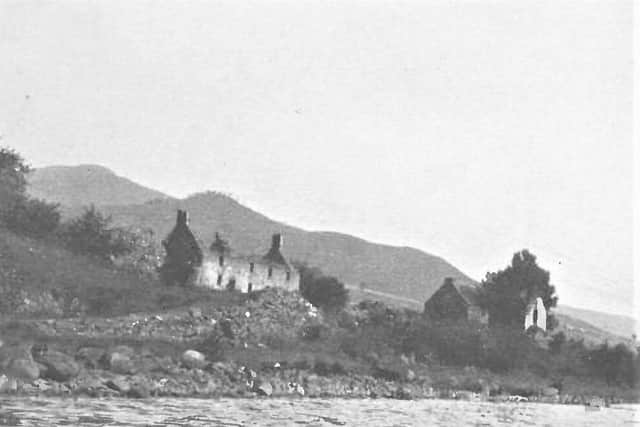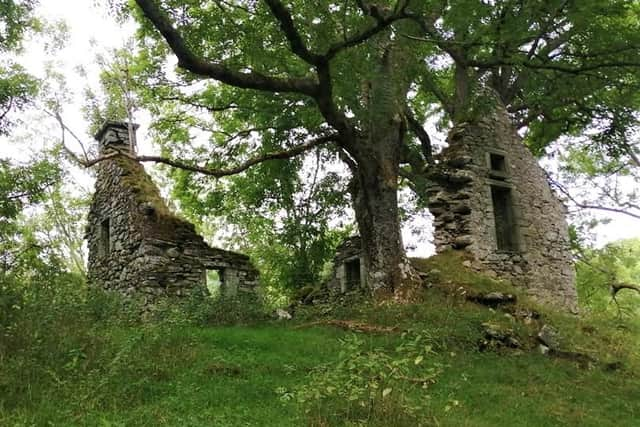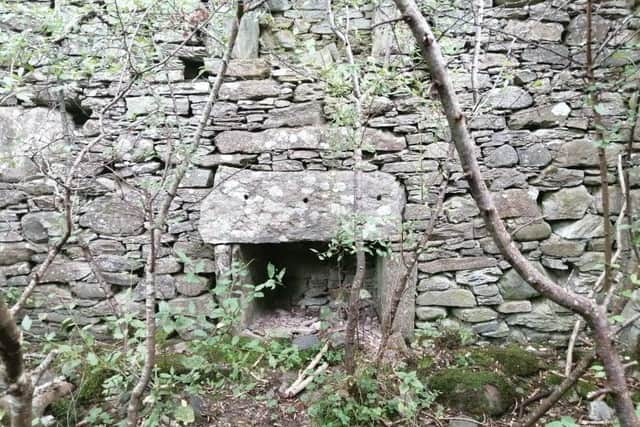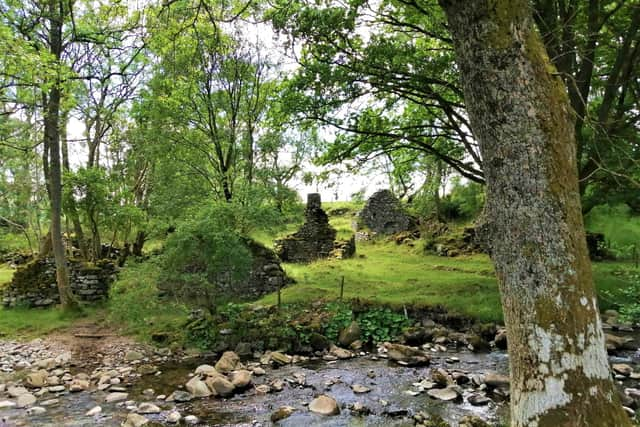Earliest photo emerges of a 'haunted' village that disappeared on a Scottish lochside
The photograph of Lawers on the banks of Loch Tay, which was finally abandoned in the early 20th Century, has been discovered by author Mark Bridgeman.
It shows the House of Lawers and the village church, with the view captured from the water probably in the mid-1800s.
Advertisement
Hide AdAdvertisement
Hide AdMr Bridgeman found the image while researching a new edition of his book, The ‘Lost’ Village of Lawers, which has been reprinted given a worldwide interest sparked when its remains went up for sale in the summer.


Now bought by a Glasgow-based businessman, Mr Bridgeman said the photograph, probably taken by a member of a Glasgow photographic society, gave new insight into the village that has now caught the imaginations of people the world over.
He also discovered a previously unknown 200-year-old tale about the Lady of Lawers, who lived in the House of Lawers, and who is said to still haunt the decaying settlement.
Mr Bridgeman said: “These are things that have been lost, or not known about, for 100 to 200 years. For people interested in the village, these are really good finds and give us new information about life there.
“So much as happened since the first book was published that the new, second edition has doubled in size. I was blown away with the popularity of the first edition, and I’m really excited to bring even more of the story of this magical place to the public.


"The village catches people’s interest because it is so unspoilt. You visit and it is as if it as just been been left behind, and left to slowly decay, bit by bit.”
The House of Lawers was home to the village’s famous resident, the Lady of Lawers, a 17th Century seer who is said to have predicted many events, including the Highland Clearances, the arrival of steamships on the loch and the onset of rail travel - or ‘fire coaches’ – through the Drumochter Pass.
Today, only part of half her house still stands, with the image showing it was once a substantial two-storey home, which may have been built on the site of the Castle of Lawers, which was perhaps destroyed by the Duke of Montrose in 1645. The old castle wall may be visible in the photo.


Advertisement
Hide AdAdvertisement
Hide AdOnce an important village in area, Lawers long offered work, shelter and education to the wider lochside population.
Villagers scratched out an existence on the poor upland soils of Lochtayside with the Minister of Fortingall noting how they survived on so very little.
The Earls of Breadalbane later built roads and bridges to open up the countryside and improve communications, with flax processing later brought to Lawers. A mill and a lime kiln were established by a villager in 1752.
After population growth during the second half of the 18th Century, Breadalbane Estates – under the 2nd Marquis of Breadalbane – accelerated work to clear the land of tenants from 1834.


By 1891, the population was down to seven. The door was closed for the final time at the Pier Master’s House, the last inhabited property, in 1936.
-The ‘Lost’ Village of Lawers is available from the Aberfeldy Watermill and Amazon.
Comments
Want to join the conversation? Please or to comment on this article.
